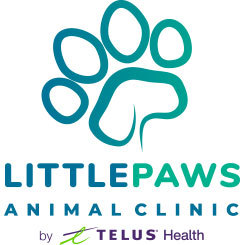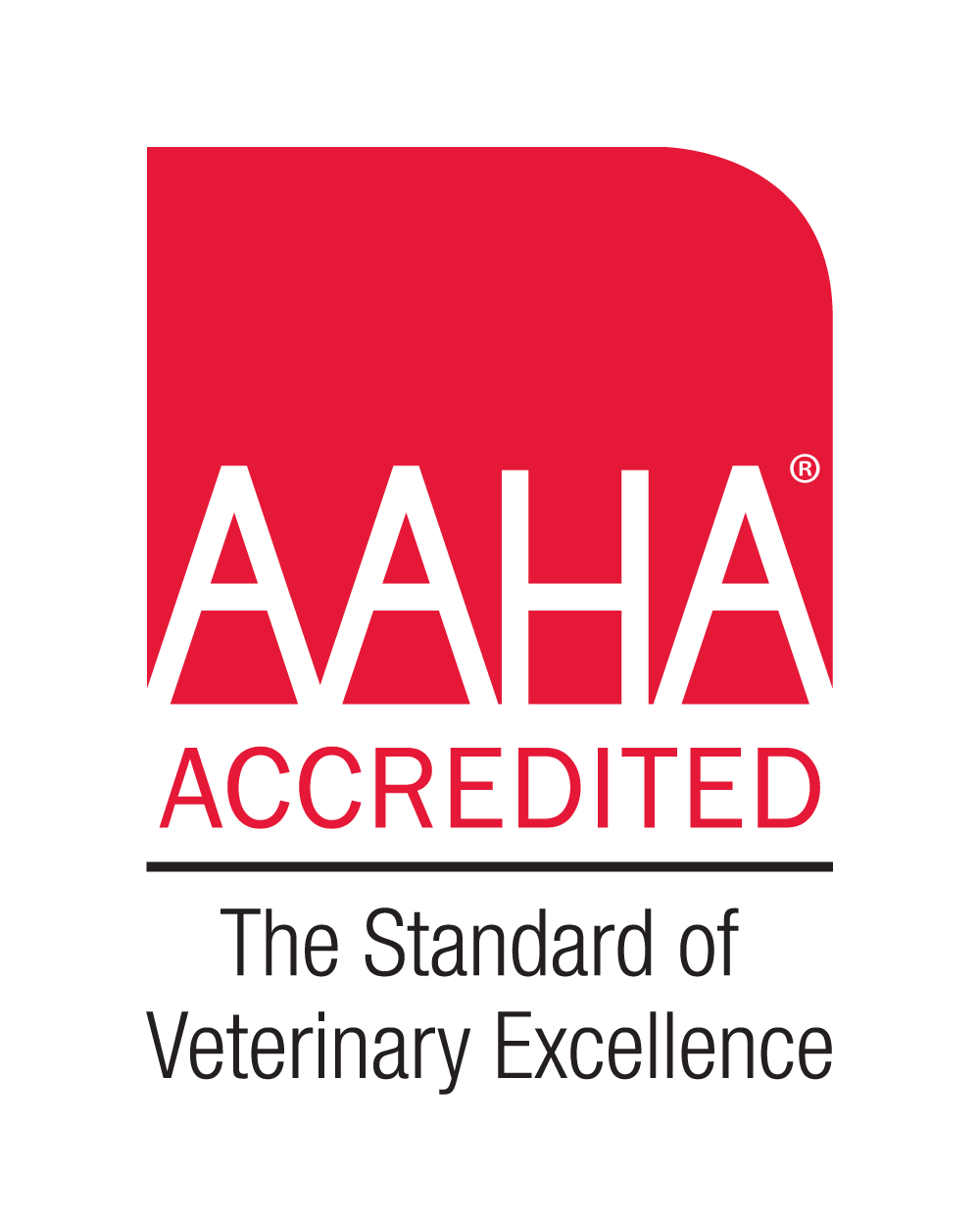Our Surgery Preparation
To prepare for surgery, the doctor will perform a complete physical examination to ensure that your pet has no physical abnormalities prior to surgery. Pre-anesthetic blood tests are performed several days before surgery to ensure your pet can handle the anesthetic and recover smoothly.
Pre-Op:
Anti-nausea and anti-anxiety medications to give the night before surgery which helps reduce stress for pets staying in the hospital all day.
Post-Op:
Anti-nausea medication improves their appetite after surgery and provides pain relief.
We match our dedication to animals with the latest advancements and equipment
This handheld device includes an award-winning AI software and telemedicine tools to allow whole-body scanning from one single probe.
Combines multiple breathing system modes, including Circle and Bain (non-rebreathing), this portable configuration helps us ensure our patient’s safety while under anesthesia for procedures and surgeries.
Practivet ensures a constant rate of infusion, providing fine control of pain medication and blood pressure support. This helps ensure even more safety and care during anesthesia and hospitalization.
Reliably delivers a wide variety of fluids over a broad range of infusion rates.
Based on a rebound measuring principle for eye pressure exams, this device allows us to diagnose and early detection of glaucoma.
Essential in maintaining our patients’ normothermia (normal body temperature) in pre-op, during surgical procedures and postanesthesia care.
This is the Gold Standard for veterinary surgical monitoring. Live recording of vital parameters including blood pressure, electrocardiogram, heart rate, oxygenation, rectal and temperature.
-
- Includes monitoring of End-Tidal Carbon Dioxide (ETCO2) for most accurate reading for breathing patterns.
Spaying Surgery
What is it?
Refers to the removal of the female reproductive organs, such as an ovariohysterectomy.
A more commonly performed medical procedure in North America, that involves the surgical removal of the ovaries and uterus.
When?
Spaying your pet is preferably done before your pet’s first heat (bleed) at about six months of age.
The benefits of spaying your pet early far outweigh the risks. Is it time? Book online today!
Why?
Benefits can include:
- reduce cancers of the breast & reproductive tract
- disease such as pyometra (an infection in the uterus)
- prevent accidental roaming behaviours
- unwanted pregnancies
Neutering Surgery
What is it?
Neutering is a medical procedure that involves surgically removing the testicles, part of the male reproductive organ.
When?
Neutering your pet is preferably done between 6-12 months of age.
Why?
Benefits can include:
- greatly decreases the chance of behavioural problems such as aggressiveness and roaming
- eliminates the risk of reproductive tract-associated diseases, such as testicular torsion or cancer
- Contrary to popular belief, neutering does not reduce the risk of prostate cancer, but will reduce the risk of developing a common prostate disease known as benign prostatic hyperplasia
Other Surgical Services
Elective Procedures that are commonly performed may include lump or tumor removal, foreign body removals, abscess repair, and many others.
Emergency Procedures such as any accidental injuries including dog fight attack with diagnosis, wound treatment and repair.
Orthopedic Surgeries associated with soft tissues, including muscles, joint muscles , tendon, ligament and cartilage.




